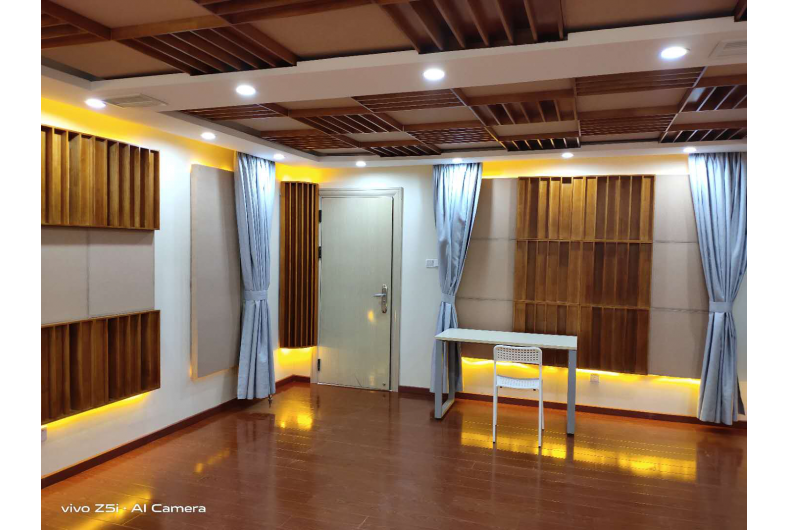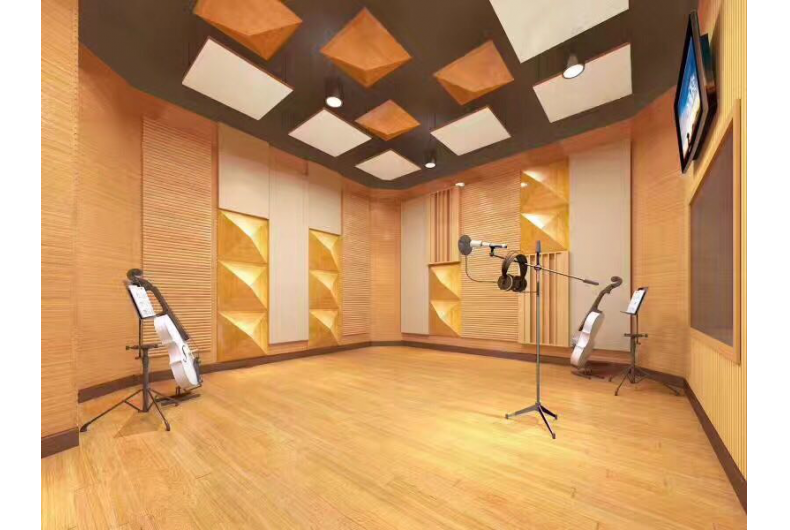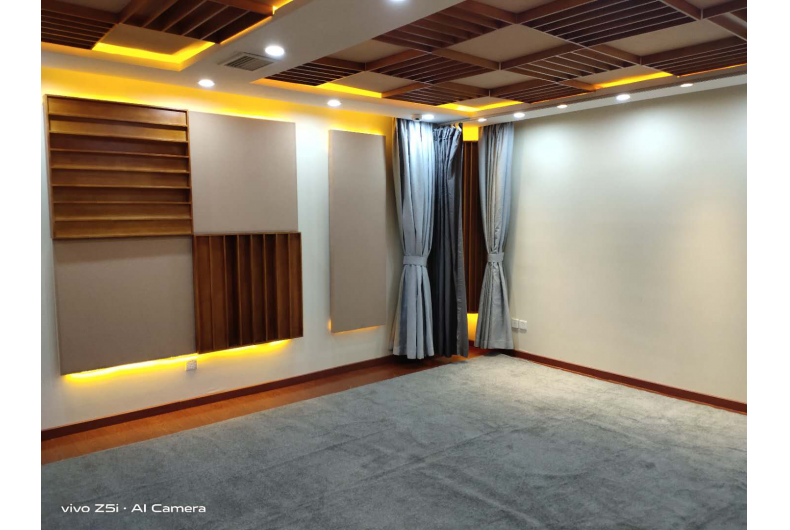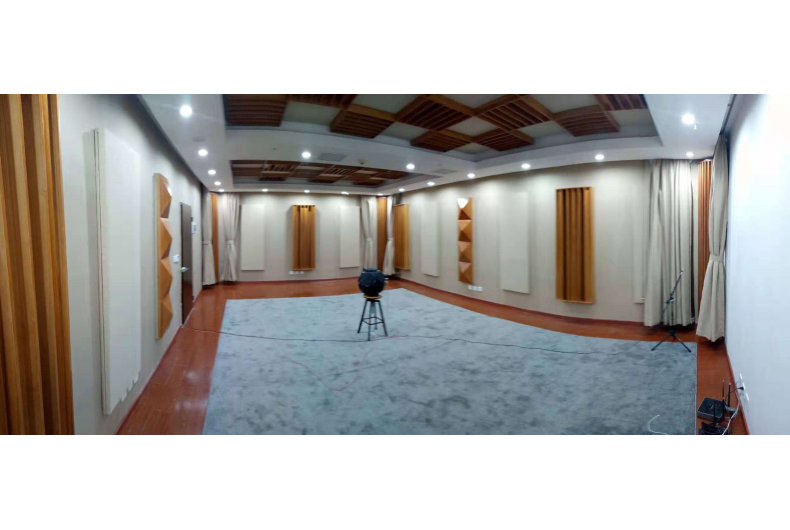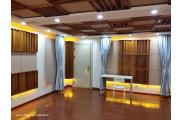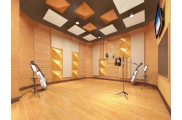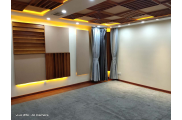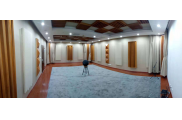Product Description
A multi-functional room is an indoor space that integrates multiple functions and can be flexibly converted according to different needs. It can be used as a place for family entertainment, leisure, work, study and other scenarios. This article will introduce you to the relevant knowledge of multi-purpose rooms in detail, including its design principles, equipment selection, layout techniques and how to improve the user experience.
1. Design principles for multi-functional rooms
1. Space planning: The design of the multi-functional room should make full use of the space, reasonably arrange the positions of seats and equipment, and ensure the smooth realization of various functions.
2. Flexibility: The design of multi-functional rooms should be flexible to facilitate adjustments and conversions according to actual needs.
3. Functionality: Multi-functional rooms should meet the different needs of family members, such as entertainment, leisure, work, study, etc.
4. Comfort: The design of multi-functional rooms should focus on comfort, select appropriate furniture and lighting equipment, and create a comfortable environment.
2. Equipment selection for multifunctional rooms
1. Multi-functional furniture: Choose furniture that can be freely combined, disassembled and adjusted, such as sofa beds, folding tables, movable bookshelves, etc.
2. Audio-visual equipment: Choose TV, projector, stereo and other audio-visual equipment according to your needs to meet the needs of watching movies and listening to music.
3. Leisure equipment: You can choose game consoles, chess and card tables, fitness equipment and other equipment to enrich the leisure functions of the multi-functional room.
4. Work and study equipment: Equipped with desks, chairs, computers and other equipment to meet work and study needs.
3. Layout skills for multifunctional rooms
1. Functional area division: According to the space size and functional requirements of the multi-functional room, different functional areas are divided, such as viewing area, work area, leisure area, etc.
2. Furniture placement: Place furniture in a suitable location for easy use and movement while keeping passageways clear.
3. Lighting design: The lighting design of the multi-functional room should be aimed at creating a comfortable environment, and lamps with adjustable brightness can be used.
4. Storage design: Reasonably set up storage space to facilitate storage and organization of various items.
4. Methods to improve the experience of using multi-functional rooms
1. Optimize sound effects: Adjust the parameters of the sound system to make the sound more realistic; use surround sound technology to enhance the immersion of watching movies.
2. Picture adjustment: Adjust the brightness, contrast and other parameters of the TV or projector to make the picture clearer and more vivid.
3. Environmental layout: Choose appropriate decorations and green plants to create a comfortable atmosphere for the multi-functional room.
4. Content selection: Choose high-quality videos, music, books, etc. according to different functional requirements.
In short, multi-purpose rooms are an indispensable part of the modern home. Through reasonable design, equipment selection and layout, they can provide an excellent entertainment, leisure, work and study space for family and friends. I hope this article helps you better plan and build your own multi-purpose room.
